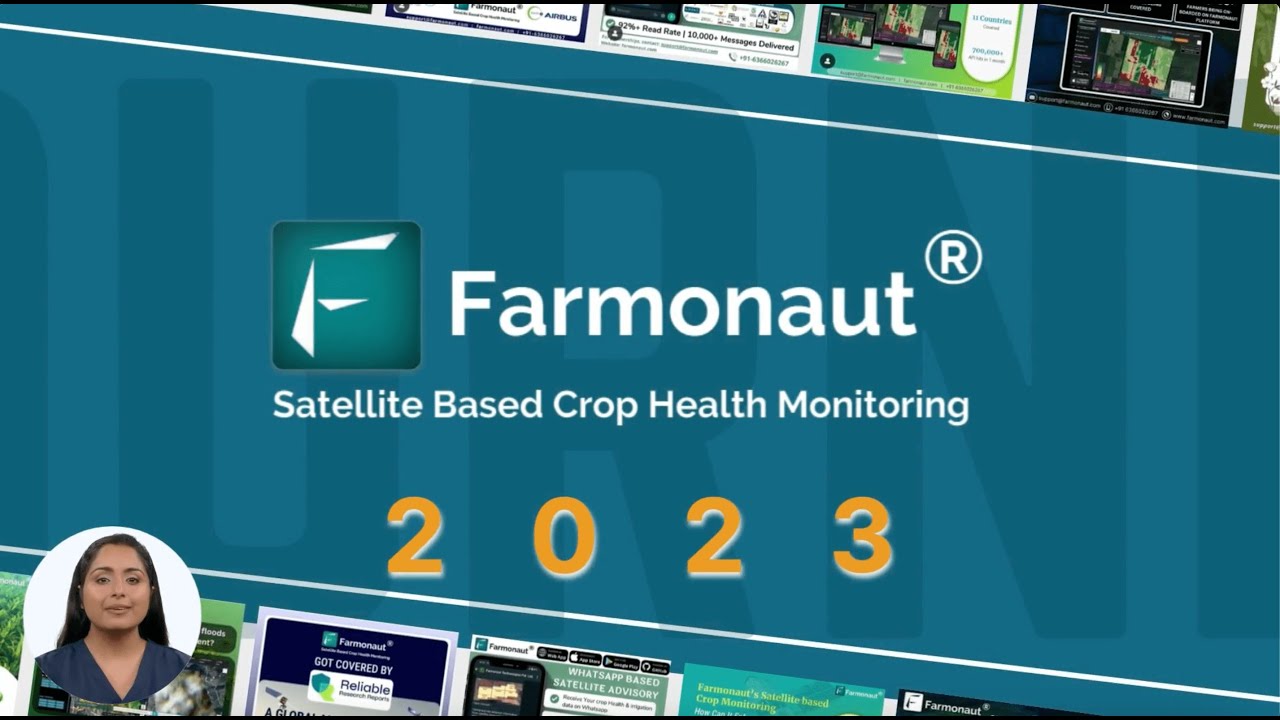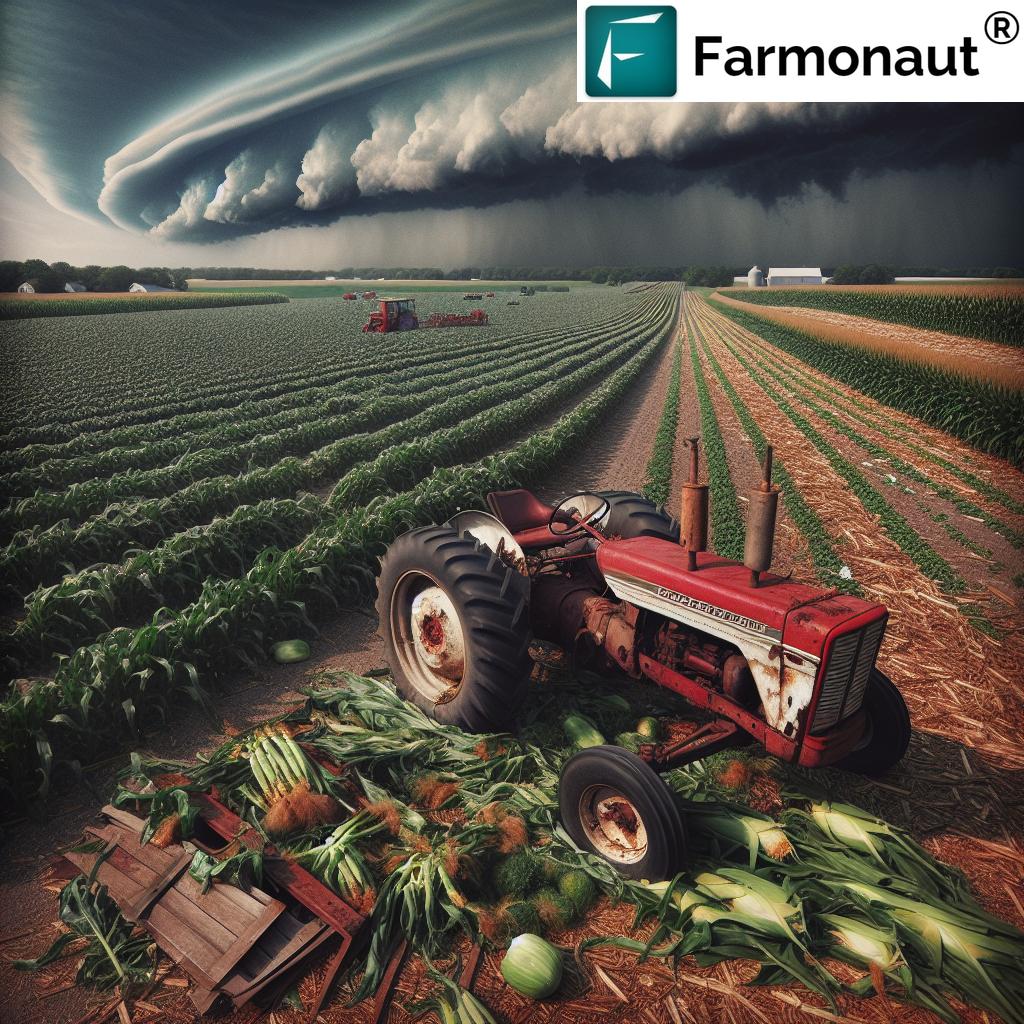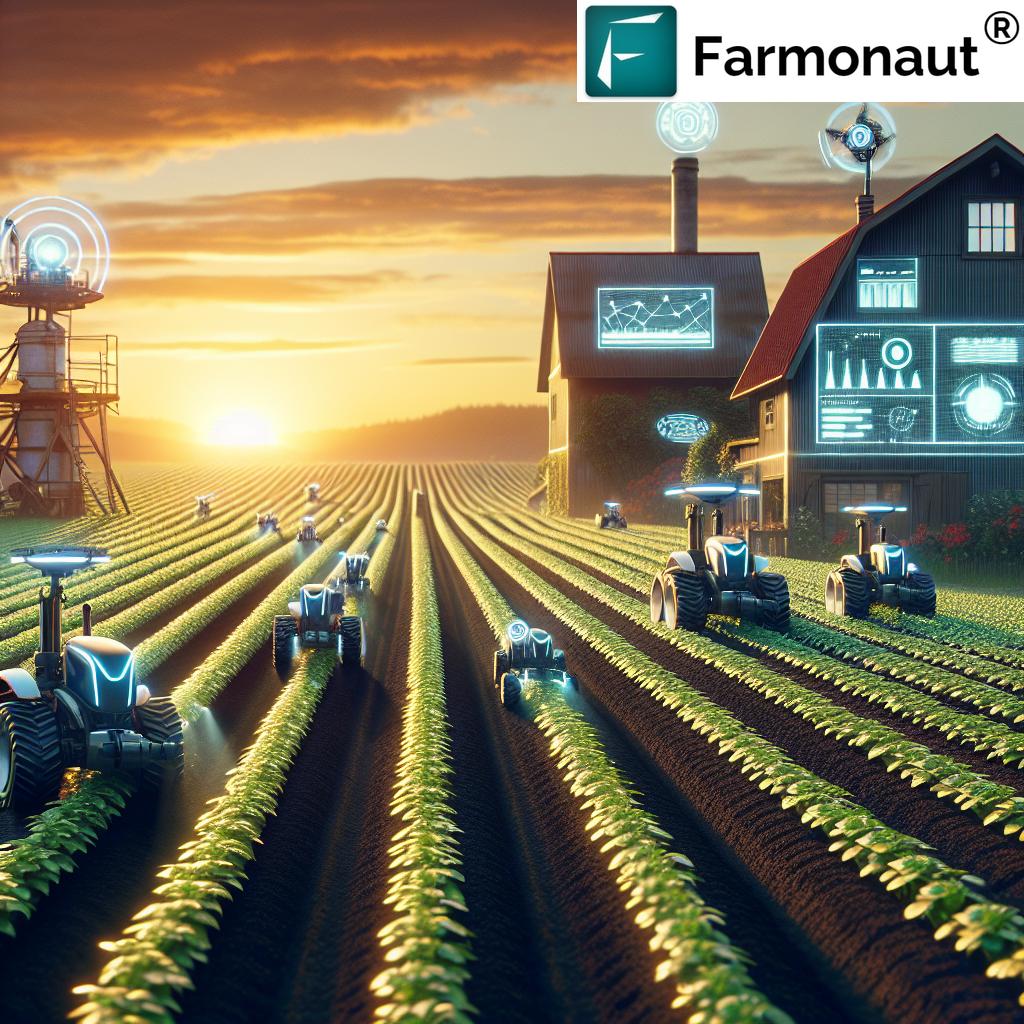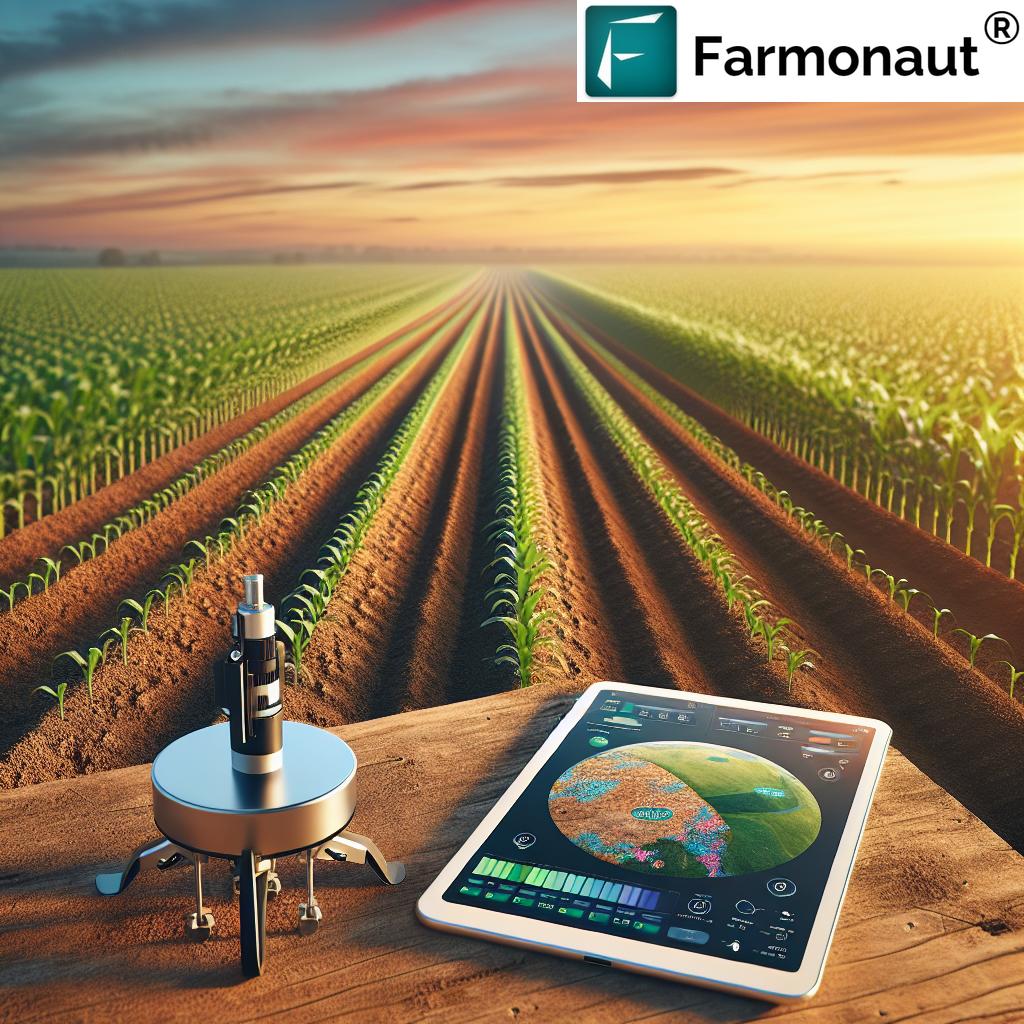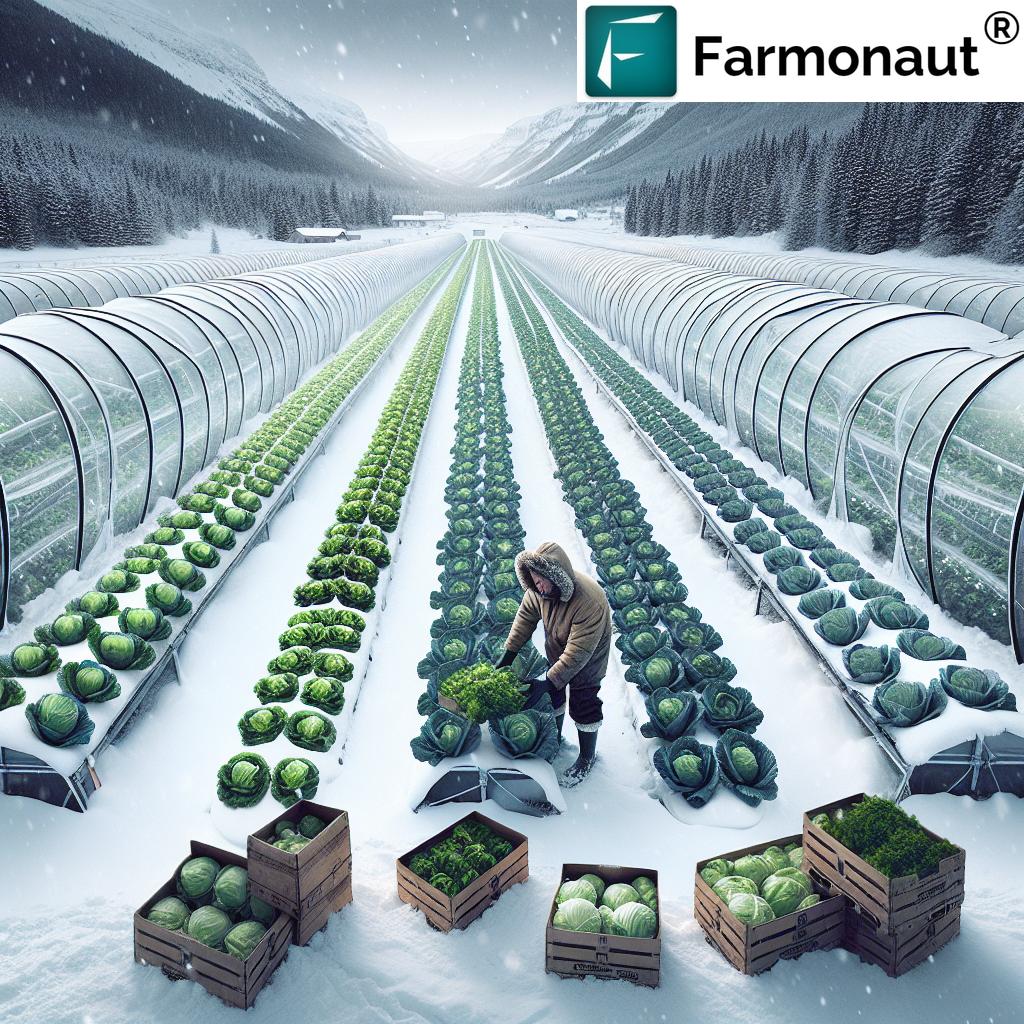Revolutionizing Cannabis Production: Austin’s Tech-Driven Expansion Doubles Yield and Boosts Industry Growth
“A leading cannabis producer doubled expected yields, achieving a milestone CBD harvest without pest issues or setbacks.”
In the heart of Texas, a groundbreaking development is reshaping the landscape of the cannabis industry. As we delve into the latest advancements in cannabis production, we’re witnessing a remarkable convergence of agricultural technology and strategic growth that promises to redefine the future of this rapidly evolving sector. Our focus today is on Austin, where a leading pharmaceutical-grade cannabis producer has achieved an unprecedented milestone in CBD harvest, effectively doubling their expected yields without encountering any of the typical setbacks that often plague cannabis cultivation.
This success story isn’t just about numbers; it’s a testament to the potential of cutting-edge agricultural technology in cannabis cultivation and the efficient scaling of operations. As we explore this tech-driven expansion, we’ll uncover how it’s not only boosting industry growth but also setting new standards for production efficiency and quality in the cannabis market.
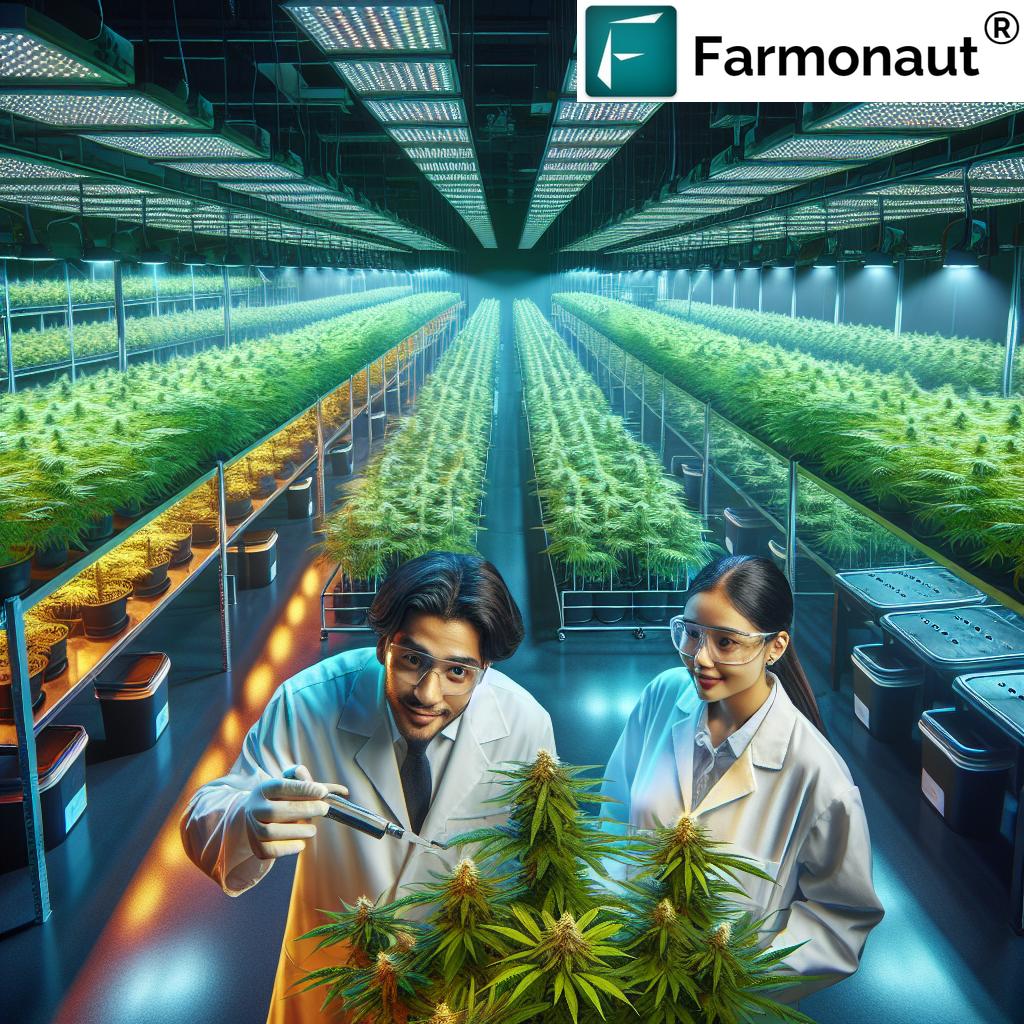
The Milestone Harvest: A Closer Look
Let’s break down the significance of this achievement. MedCana (OTC: SFWJ), a global infrastructure holding company focused on the pharmaceutical-grade cannabis industry, has just completed a CBD harvest that has exceeded all expectations. Here’s what makes this harvest truly revolutionary:
- Doubled Yield: The harvest produced more than twice the anticipated yield, a feat almost unheard of in the cannabis industry.
- Zero Issues: Perhaps even more impressive is the fact that this was achieved with absolutely no pest problems, no botrytis (a common fungal disease in cannabis), and no setbacks of any kind.
- Cost Efficiency: Despite the significant increase in yield, production costs remained on target, showcasing exceptional operational efficiency.
- Quality Maintenance: The increased yield did not come at the expense of quality, with the harvest meeting all standards for pharmaceutical-grade cannabis.
This achievement isn’t just a win for MedCana; it’s a beacon of hope for the entire cannabis industry, demonstrating what’s possible when advanced agricultural technology is applied to cannabis production.
The Role of Agricultural Technology in Cannabis Cultivation
The success of MedCana’s recent harvest is a prime example of how agricultural technology is revolutionizing cannabis production. While the company hasn’t disclosed all the specifics of their technological approach, we can infer several key areas where advancements are likely making a significant impact:
- Precision Farming: Utilizing data-driven insights to optimize every aspect of the growing process, from soil composition to light exposure.
- Climate Control Systems: Advanced systems that maintain perfect growing conditions 24/7, reducing stress on plants and maximizing growth potential.
- Automated Nutrient Delivery: Precise, automated systems that deliver the exact nutrients needed at the right time, enhancing plant health and yield.
- Pest Management: Innovative, non-toxic pest control methods that protect crops without the use of harmful chemicals.
- Genetic Selection: Utilizing advanced genetic techniques to develop high-yield, disease-resistant cannabis strains.
These technological advancements are not just improving yields; they’re transforming the entire approach to cannabis cultivation, making it more sustainable, efficient, and reliable.
Market Demand and Strategic Growth
The impressive harvest comes at a time when the cannabis market is experiencing significant growth and expansion. MedCana’s achievement is not just a technical milestone; it’s a strategic one as well. The company has secured sales agreements for its entire production over the next 12 months, a clear indicator of the strong market demand for premium-quality cannabis products.
This alignment of increased production capability with secured demand is a recipe for substantial industry growth. It demonstrates not only the market’s appetite for high-quality cannabis products but also the industry’s capacity to scale up to meet that demand efficiently.
Expansion Plans: Meeting Future Demand
“A new cannabis facility is projected to house 14,000 plants and yield 350 KG monthly, showcasing significant industry growth.”
To capitalize on this momentum and meet growing demand, MedCana has embarked on an ambitious expansion plan. The company has commenced construction on a state-of-the-art facility that promises to take their production capabilities to new heights:
- Facility Size: 53,800 square feet (5,000 square meters)
- Plant Capacity: Approximately 14,000 plants
- Expected Monthly Yield: 350 KG
This expansion is a significant step in MedCana’s strategy to scale operations and solidify its position as a leading cannabis producer. The new facility is designed with cutting-edge technology and efficiency in mind, aiming to replicate and even surpass the success of their recent harvest on a larger scale.
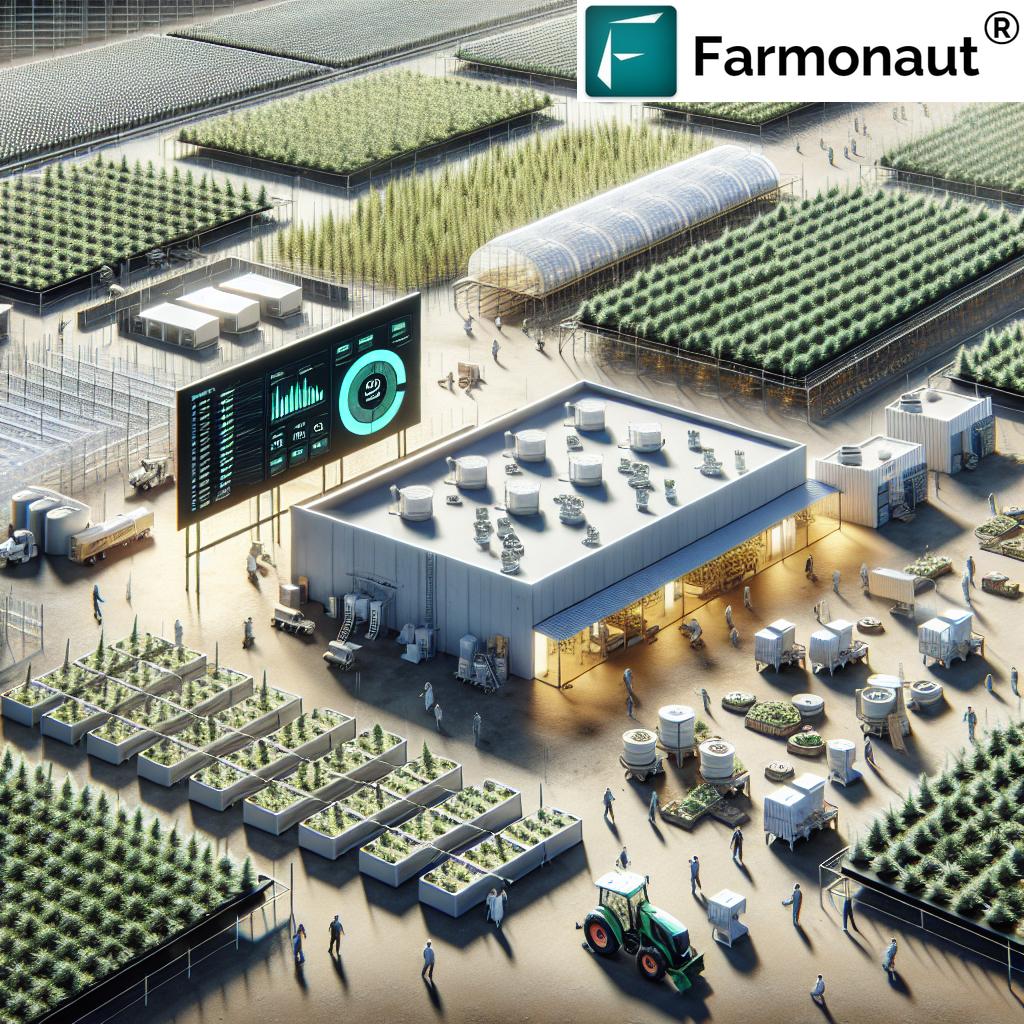
The Economic Impact: Revenue Projections and Industry Growth
The financial implications of this technological advancement and expansion are substantial. Jose Gabriel Díaz, CEO of MedCana, has provided some impressive projections:
“With this increase in production, we are confident that MedCana’s subsidiaries will generate between $1.2 million and $1.5 million per hectare per month in revenue.”
These projections are based on current market demand, pricing trends, and the company’s strategic expansion goals. To put this into perspective, let’s break down what this means for the industry:
- Increased Revenue per Hectare: The projected revenue of $1.2-$1.5 million per hectare per month is significantly higher than traditional cannabis farming operations.
- Optimized Production Costs: By maintaining costs while increasing yield, MedCana is effectively lowering the cost per unit of production.
- Market Stability: Secured sales agreements provide a stable foundation for growth and investment in the industry.
- Job Creation: Expansion of this magnitude typically leads to job creation, both in direct cultivation roles and supporting industries.
These financial projections underscore the potential for substantial growth in the cannabis industry, particularly for companies that can effectively leverage technology to optimize production.
Comparative Analysis: Traditional vs. Tech-Driven Cannabis Production
To fully appreciate the impact of this tech-driven expansion, let’s compare traditional cannabis production methods with the new, technology-enhanced approach:
| Metrics | Traditional Production | Tech-Driven Production |
|---|---|---|
| Monthly Yield (KG) | 150-200 | 350+ |
| Number of Plants | 7,000-10,000 | 14,000 |
| Production Costs ($/KG) | $800-$1,000 | $500-$700 |
| Pest Issues (Frequency) | Moderate to High | Minimal to None |
| Revenue per Hectare ($) | $500,000-$700,000 | $1,200,000-$1,500,000 |
This comparison clearly illustrates the significant advantages of tech-driven cannabis production. The increased yield, reduced production costs, and minimized pest issues all contribute to a substantially higher revenue per hectare. These improvements not only benefit individual producers but also have the potential to reshape the entire cannabis industry landscape.
The Future of Cannabis Production: Trends and Predictions
As we look to the future of cannabis production, several trends and predictions emerge based on the success of tech-driven expansions like MedCana’s:
- Increased Adoption of Agricultural Technology: We expect to see more cannabis producers investing in advanced agricultural technologies to improve yields and efficiency.
- Focus on Sustainability: As production scales up, there will likely be an increased emphasis on sustainable practices to minimize environmental impact.
- Continued Market Expansion: The ability to produce more high-quality cannabis at lower costs will likely lead to further market expansion and potentially lower prices for consumers.
- Research and Development: Increased production efficiency may free up resources for R&D, potentially leading to new cannabis strains and products.
- Regulatory Adaptations: As the industry evolves, we may see regulatory frameworks adapt to accommodate these new production methods and scales.
These trends point towards a future where cannabis production is more efficient, sustainable, and capable of meeting growing global demand.
The Role of Data in Modern Cannabis Cultivation
One of the key factors driving the success of tech-driven cannabis production is the intelligent use of data. Modern cultivation facilities are equipped with an array of sensors and monitoring systems that collect vast amounts of data on every aspect of the growing process. This data-driven approach allows for:
- Predictive Maintenance: Identifying potential issues before they become problems, reducing downtime and crop loss.
- Optimization of Growing Conditions: Fine-tuning environmental factors like temperature, humidity, and light exposure for optimal plant growth.
- Resource Management: Precise control over water and nutrient usage, reducing waste and improving sustainability.
- Quality Control: Consistent monitoring ensures that every plant meets the high standards required for pharmaceutical-grade cannabis.
The integration of data analytics into cannabis cultivation represents a significant shift from traditional farming methods, allowing for a level of precision and control previously unattainable in agriculture.
Challenges and Considerations
While the advancements in cannabis production are exciting, it’s important to acknowledge the challenges and considerations that come with this rapid growth and technological integration:
- Initial Investment Costs: The upfront costs of implementing advanced agricultural technology can be significant, potentially creating barriers for smaller producers.
- Skill Gap: As cultivation becomes more tech-driven, there’s a growing need for workers with specialized skills in agricultural technology and data analysis.
- Regulatory Compliance: As production methods evolve, producers must ensure they remain compliant with existing regulations, which may not always keep pace with technological advancements.
- Market Saturation Concerns: As production efficiency increases across the industry, there’s a potential risk of market saturation, which could impact pricing and profitability.
- Energy Consumption: High-tech indoor growing facilities often have significant energy requirements, raising questions about long-term sustainability.
Addressing these challenges will be crucial for the sustained growth and success of the tech-driven cannabis industry.
The Global Perspective: Cannabis Market Trends
The advancements we’re seeing in Austin are part of a larger global trend in the cannabis industry. Worldwide, the cannabis market is experiencing significant growth and evolution:
- Increasing Legalization: More countries are legalizing cannabis for medical and/or recreational use, expanding the global market.
- Growing Medical Applications: Research into the medical benefits of cannabis is driving demand for high-quality, pharmaceutical-grade products.
- Diversification of Products: The market is seeing an increase in diverse cannabis-derived products, from CBD oils to edibles and beverages.
- Cross-Industry Partnerships: Cannabis companies are forming partnerships with businesses in pharmaceuticals, beverages, and wellness sectors, further driving innovation and market expansion.
These global trends underscore the importance of technological advancements in cannabis production, as producers worldwide strive to meet growing demand efficiently and sustainably.
The Impact on Local Economies
The expansion of tech-driven cannabis production facilities, like the one in Austin, can have significant positive impacts on local economies:
- Job Creation: Beyond direct cultivation jobs, these facilities create opportunities in technology, logistics, and supporting industries.
- Tax Revenue: Increased production and sales can lead to higher tax revenues for local governments.
- Economic Diversification: The cannabis industry can help diversify local economies, particularly in areas traditionally reliant on a single industry.
- Innovation Hubs: As centers of agricultural technology, these facilities can attract other innovative businesses to the area.
The growth of the cannabis industry thus has the potential to be a significant driver of economic development in regions where it operates.
Conclusion: A New Era for Cannabis Production
The recent achievements in Austin mark the beginning of a new era in cannabis production. By leveraging advanced agricultural technology, companies like MedCana are not just increasing yields and efficiency; they’re reshaping the entire landscape of the cannabis industry. The ability to double yields while maintaining costs and quality sets a new standard for what’s possible in cannabis cultivation.
As we look to the future, it’s clear that the cannabis industry is poised for substantial growth and innovation. The convergence of agricultural technology, data analytics, and strategic expansion plans is creating unprecedented opportunities for efficiency, sustainability, and market growth. While challenges remain, the potential benefits – both economic and in terms of product quality and accessibility – are immense.
For investors, industry professionals, and consumers alike, these developments signal exciting times ahead in the world of cannabis. As technology continues to drive production capabilities to new heights, we can expect to see further innovations, market expansions, and potentially, a transformation in how we view and utilize cannabis products.
The success story unfolding in Austin is more than just a local achievement; it’s a glimpse into the future of cannabis production worldwide. As the industry continues to evolve, we’ll be watching closely to see how these advancements shape the global cannabis landscape in the years to come.
FAQs
- Q: How does tech-driven cannabis production differ from traditional methods?
A: Tech-driven production utilizes advanced agricultural technology, data analytics, and automated systems to optimize every aspect of cultivation, resulting in higher yields, lower costs, and more consistent quality compared to traditional methods. - Q: What are the main benefits of increasing cannabis production efficiency?
A: The main benefits include higher yields, reduced production costs, improved product quality, more sustainable resource use, and the ability to meet growing market demand more effectively. - Q: How does increased cannabis production affect local economies?
A: It can lead to job creation, increased tax revenues, economic diversification, and the development of innovation hubs in local areas. - Q: What challenges does the cannabis industry face with rapid technological advancements?
A: Key challenges include high initial investment costs, the need for specialized skills, ensuring regulatory compliance, potential market saturation, and addressing energy consumption concerns. - Q: How is data being used in modern cannabis cultivation?
A: Data is used for predictive maintenance, optimizing growing conditions, efficient resource management, and ensuring consistent quality control throughout the cultivation process.



